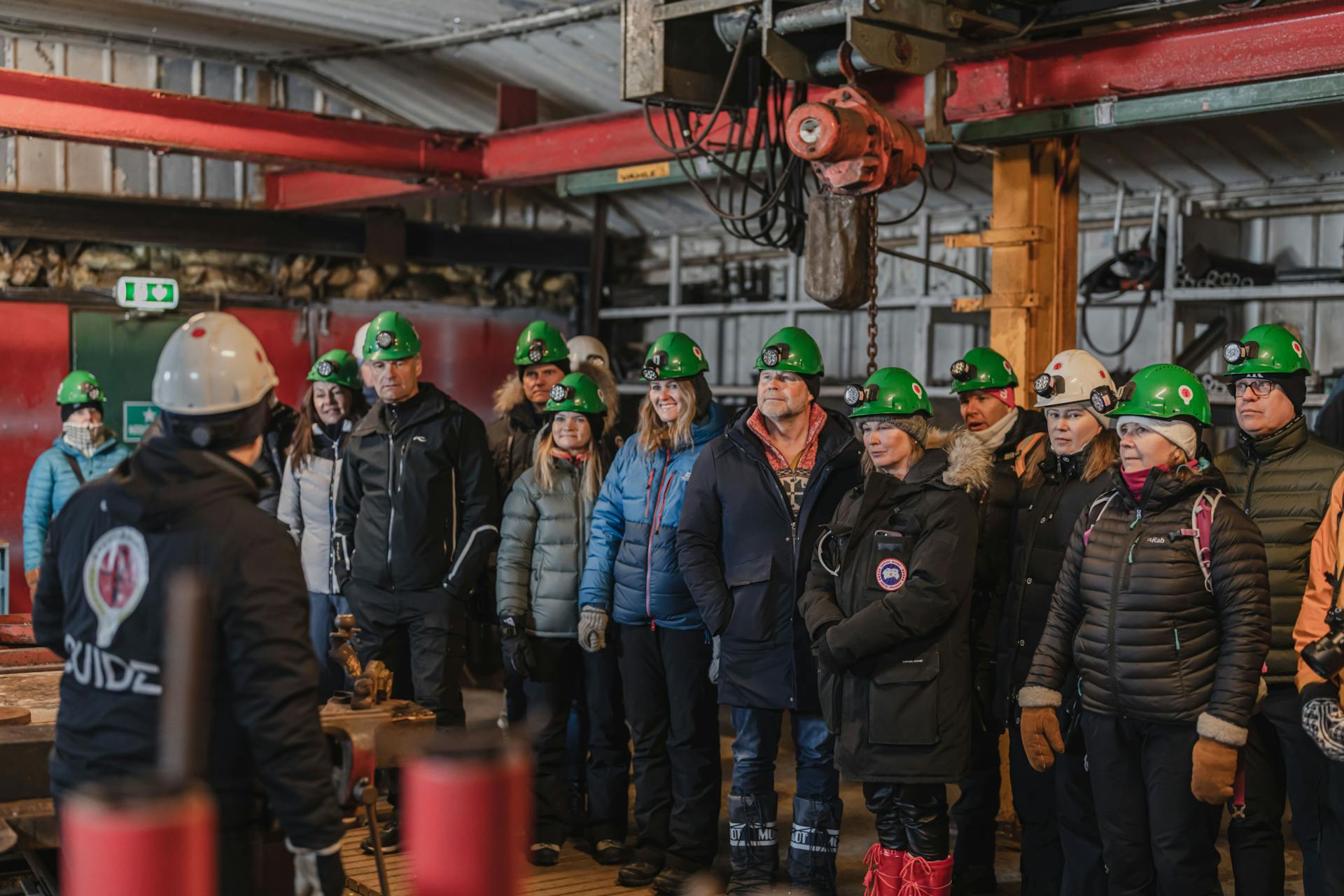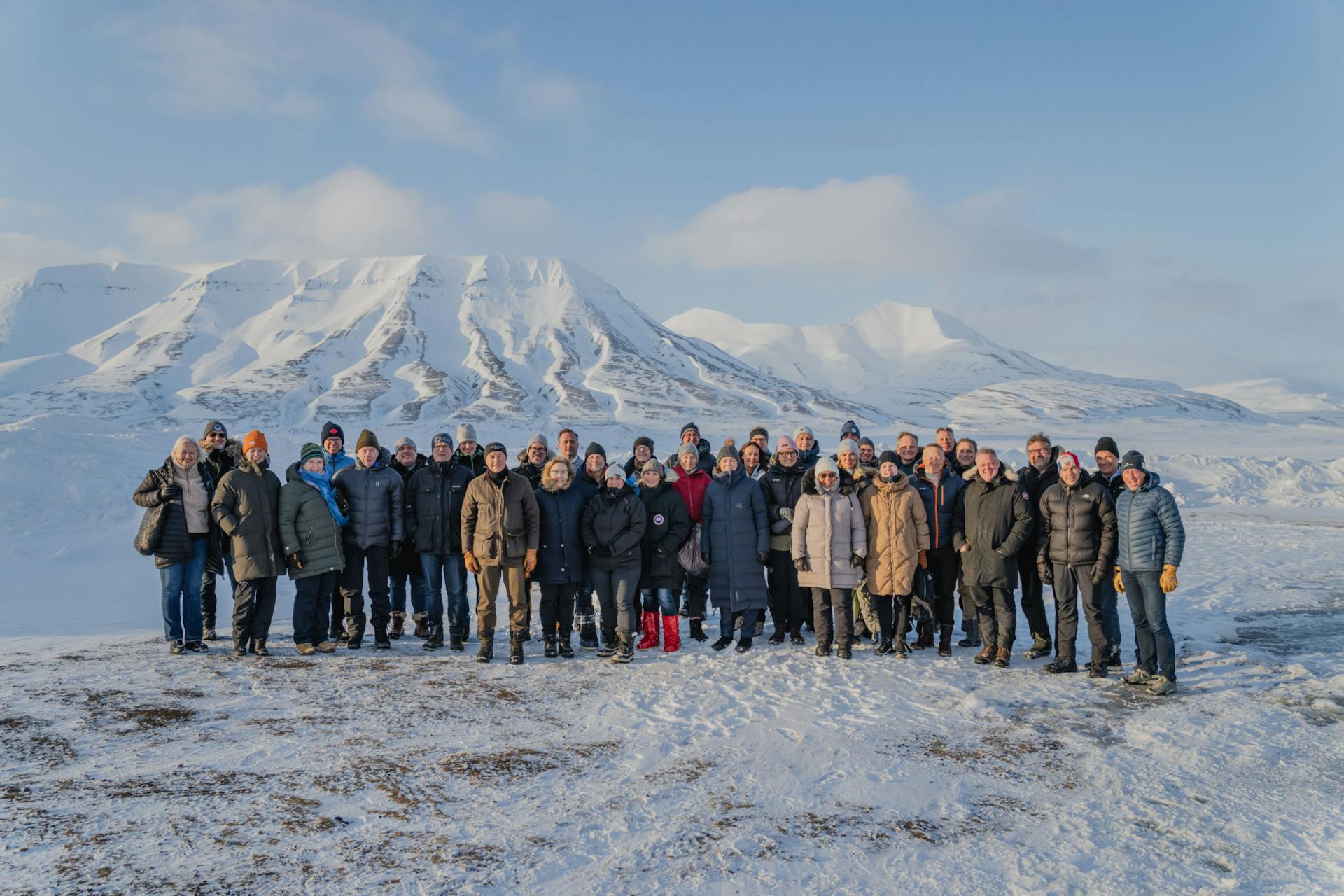Renewable Svalbard
Can Svalbard set the standard for renewable energy solution?
Norway's most fossil municipality is also where the climate crisis is approaching the fastest.
No other place in the world is warming as quickly as the Arctic. The consequences of climate change are therefore particularly evident on Svalbard. With a warmer, wetter and wilder climate comes new challenges, which is something the residents of Longyearbyen are already witnessing.
The changes that are happening on Svalbard now will soon encroach the mainland. In order to illustrate how quickly climate change is developing, Norwegian politicians have been taking world leaders to Svalbard.
The island community was completely coal-dependent until the autumn of 2023. Longyearbyen local council has put forward an ambitious energy transition plan, and from the autumn of 2023 the power supply was switched from coal to diesel, and renewable energy sources will gradually be phased in towards 2030.

During the next six years, the transition on Svalbard will therefore become a unique test arena for energy solutions that can contribute to the conversion of other island communities globally as well as strengthen Norwegian export industry.
Store Norske has identified 1,500 similar locations in Arctic regions that can use renewable system solutions that Norwegian companies are developing for Svalbard.
A unique test arena for climate solutions
Skift's members aspire to be a driving force in the transition to a green and sustainable society. Our members have high climate ambitions - and that is why Skift is so strongly committed to the transformation taking place in Svalbard.
Several of our members are also active in the archipelago and through close cooperation, Svalbard can become both a showcase for climate solutions and a learning arena for climate adaptation.
For a Norwegian business community looking for new export opportunities, a conversion to renewable energy will provide opportunities to test and demonstrate future solutions for energy conversion in demanding Arctic conditions.

In the spring of 2023, Store Norske hosted Skift's CEO meeting, which was combined with a study trip to Svalbard. There, close to 40 CEOs from the Skift network were presented with examples of concrete challenges in connection to climate change as well as inspiring solutions for how to adapt to a warmer, wetter and wilder climate.
In collaboration with local businesses, academia and Longyearbyen local government, Skift and our members have worked on the Svalbard Declaration. This declaration points to concrete action that the members of Skift, national authorities and the Svalbard community can take to make Svalbard and Longyearbyen a climate role model for the world.
Mission possible
Longyearbyen as a zero-emission society by 2030
Svalbard is a compact and complete society in the far north that is already experiencing the serious consequences of climate change. The temperature on Svalbard has increased by over 6 °C in just twenty years. Melting permafrost and rapidly changing weather and wind, causes significant damage to infrastructure and buildings. Svalbard is an observatory for climate change.
At the same time, Svalbard has the potential to become an example for climate solutions. The local council of Longyearbyen has drawn up an ambitious energy transition plan. In the autumn of 2023 the power supply of Svalbard was switched from coal to diesel, and renewable energy sources are being phased in towards 2030. The financial cost of this transition is being relieved by the state, reducing pressure on Svalbard's 2,600 inhabitants.
In order to show that zero emissions are possible in the world's northernmost community, action is required from the government, local community and business!
In order to reach zero emissions by 2030, rapid measures are needed. Skift recommends the following suggestions to succeed with this transition:
Several of Skift's members are active in Svalbard. Skift wants to be a partner and driving force in Svalbard's transition. If desired by the Svalbard community, Skift would like to continue to strengthen its commitment and cooperation with both local and central authorities, in order to make Svalbard a showcase for solutions to the climate challenge.
The government has a clear ambition for Svalbard to be a climate role model. At COP28 in December 2023, the government should launch Longyearbyen 2030 as a zero-emission society on nature's terms. This should also be included in the next Svalbard report and funding must begin in the national budget for 2024.
Administration on Svalbard has been characterized by fragmented management of the transition. If the energy transition is to be successful, it must be managed effectively with clearer responsibility at the Ministry of Oil and Energy or the Ministry of Trade and Fisheries. The state's role as part owner of energy infrastructure through Store Norske must be fully coordinated with the local government's need for control.
Then the entire transport sector must be converted to renewable energy sources. Fossil-powered cars and snowmobiles should be able to be replaced in a few years with vehicles that are electric, hydrogen-powered or powered by other renewable fuel types. An innovative transport system that is largely based on shared vehicles should be able to reduce the need for individually owned cars. To succeed in this, the local government must actively use its own procurement and regulations in the transport sector, be given the authority to regulate the transport sector more strongly, and the state must support these initiatives financially. Many of Skift's members have expertise and solutions in this field and want to support this restructuring work.
Several of Skift's members offer to work with the local council of Svalbard to find good solutions to this.
In research and innovation projects on Svalbard, Skift's members want to collaborate as business partners. The planned research and test center for energy conversion at the University Center in Svalbard (UNIS) must be realized.